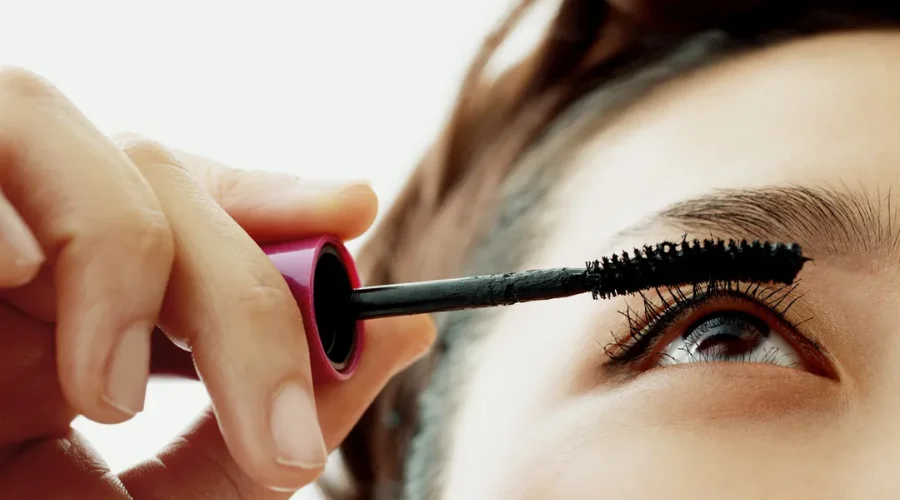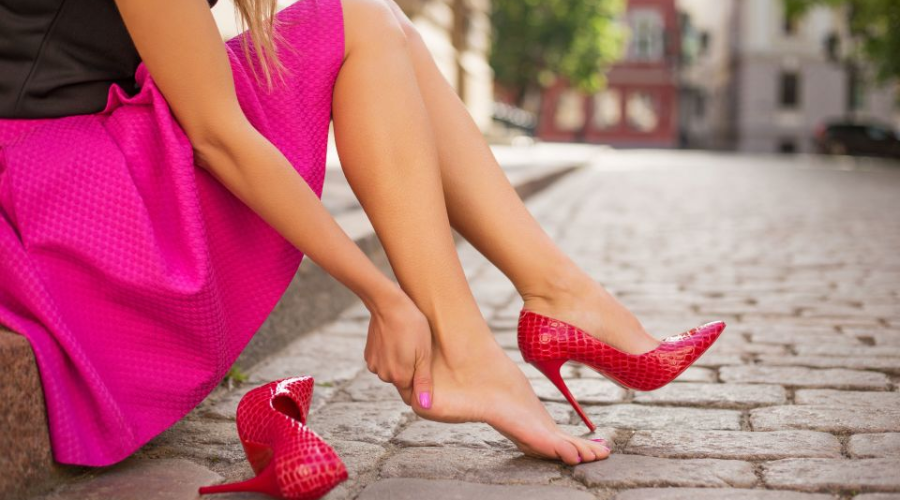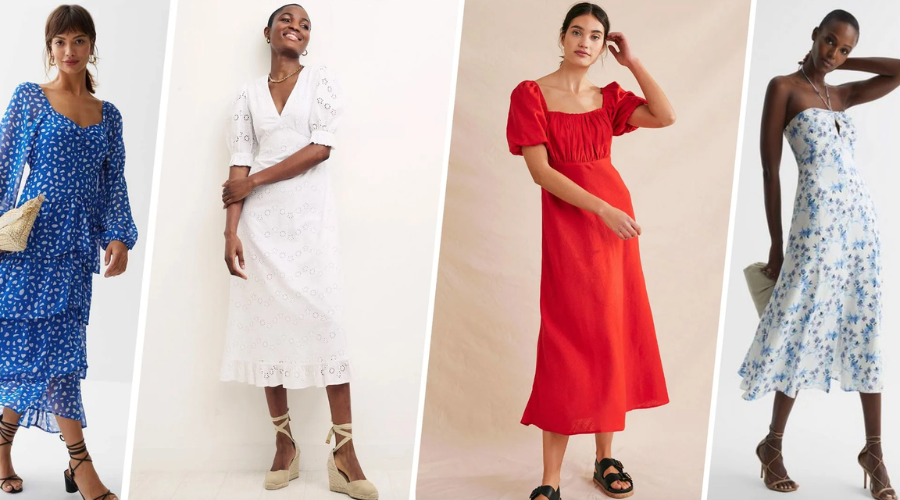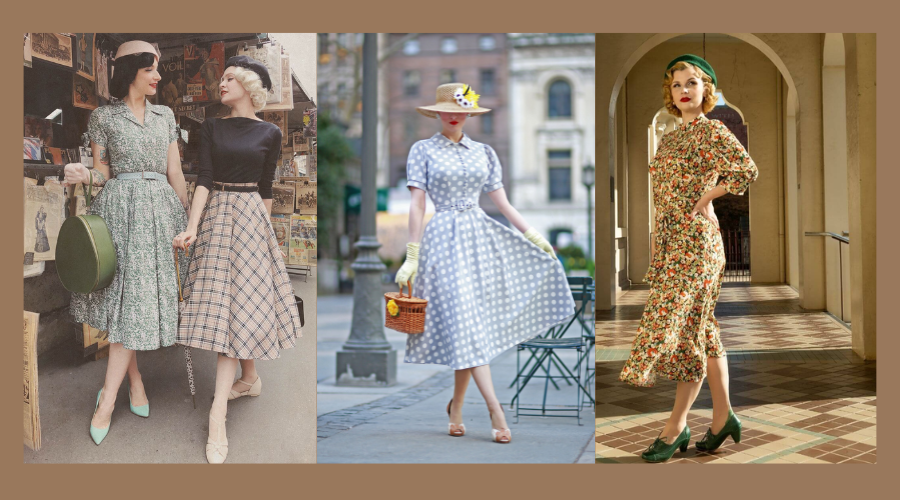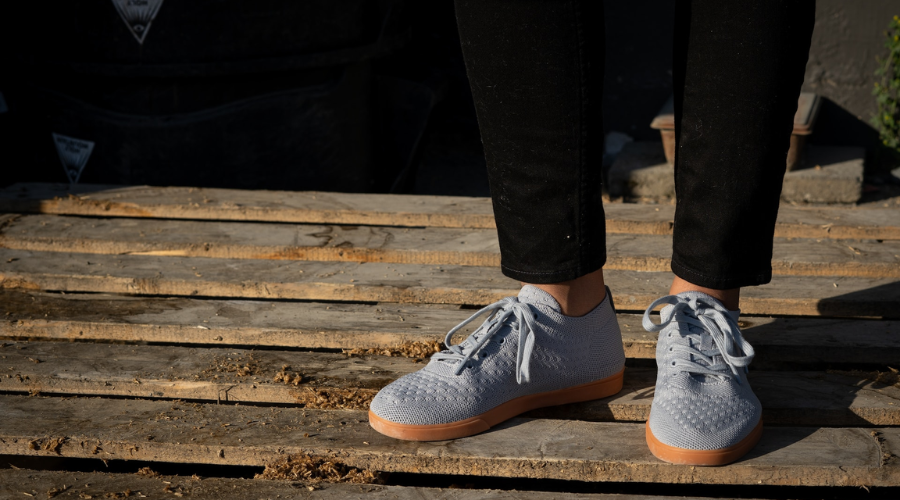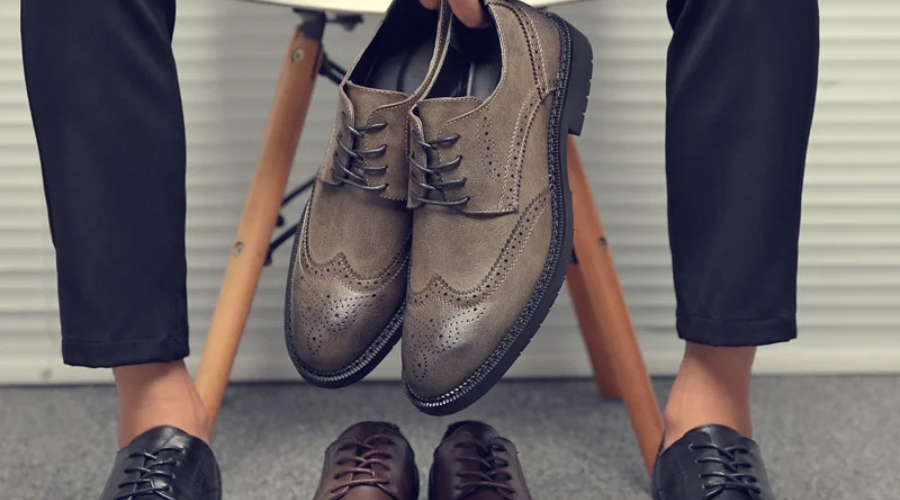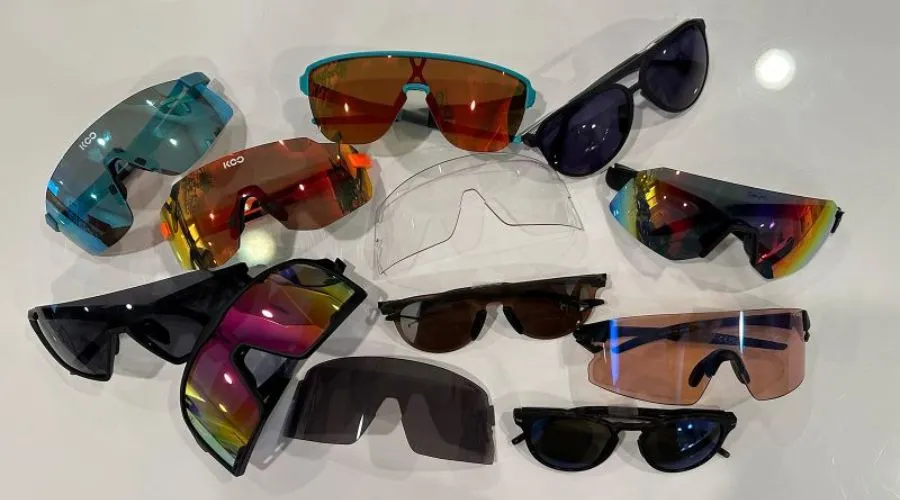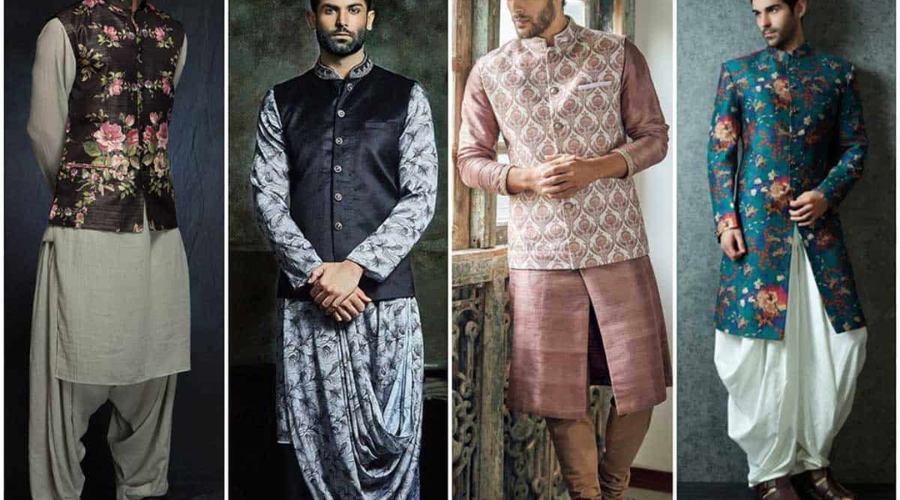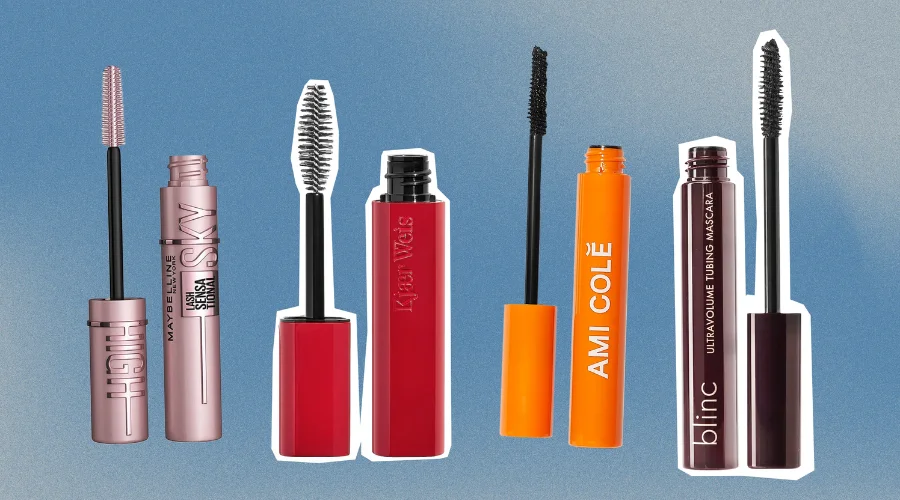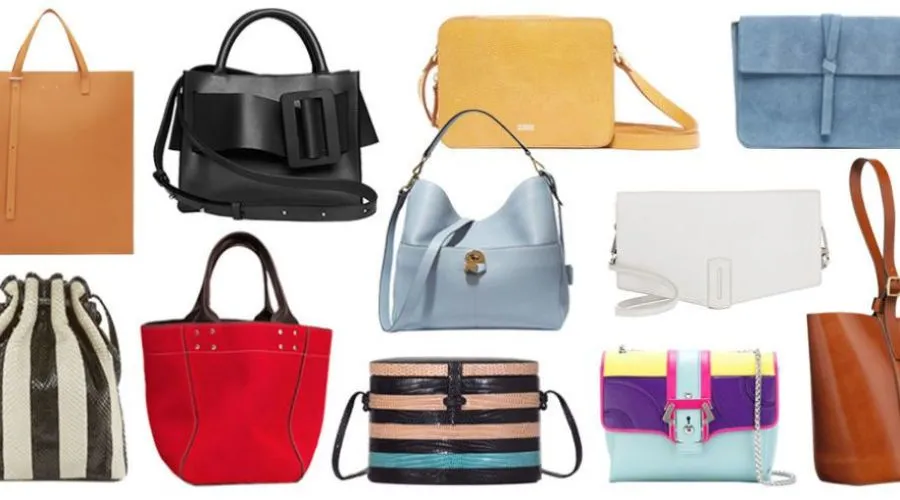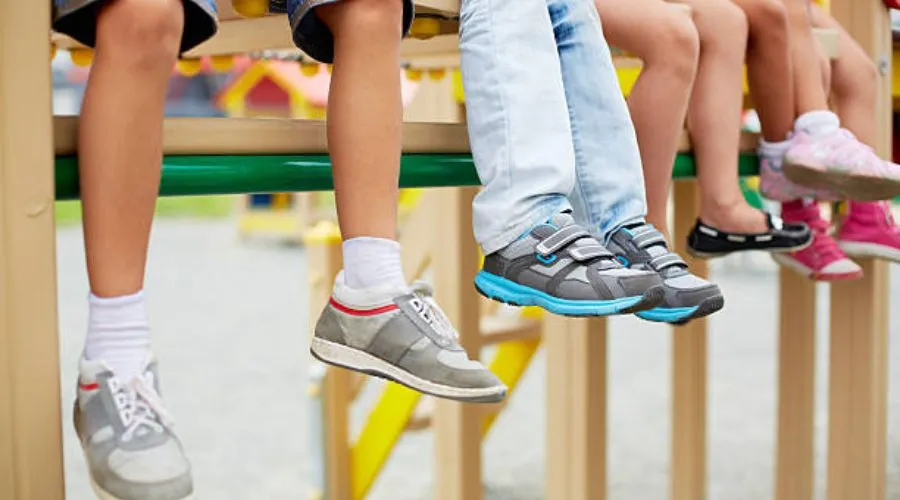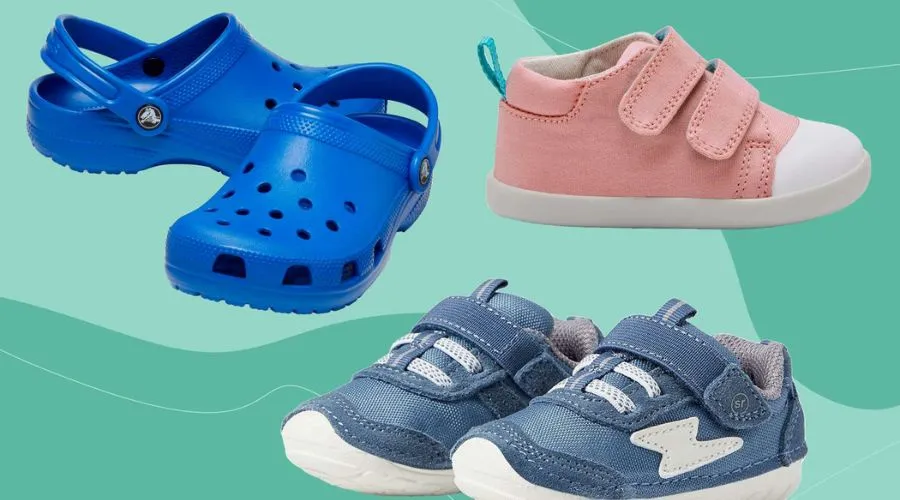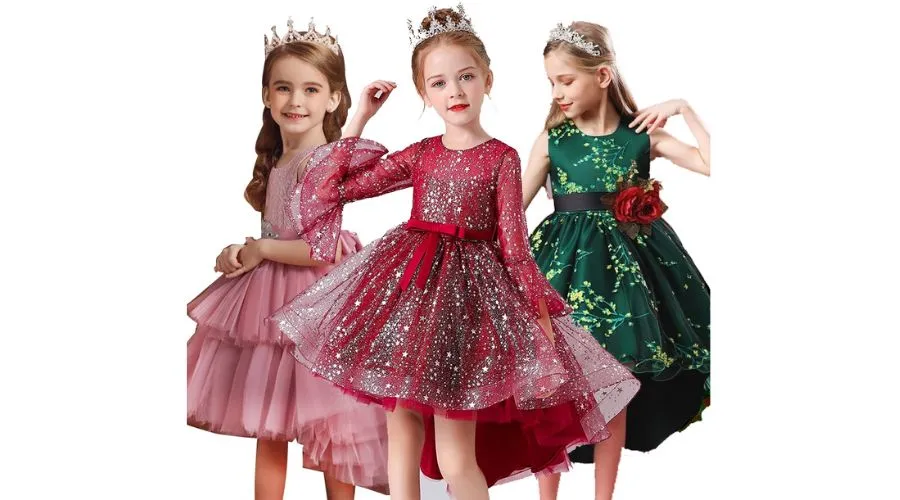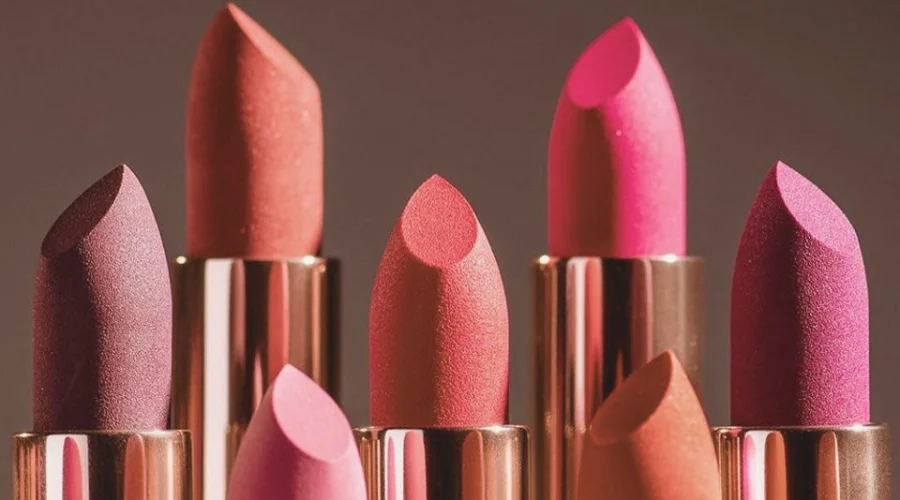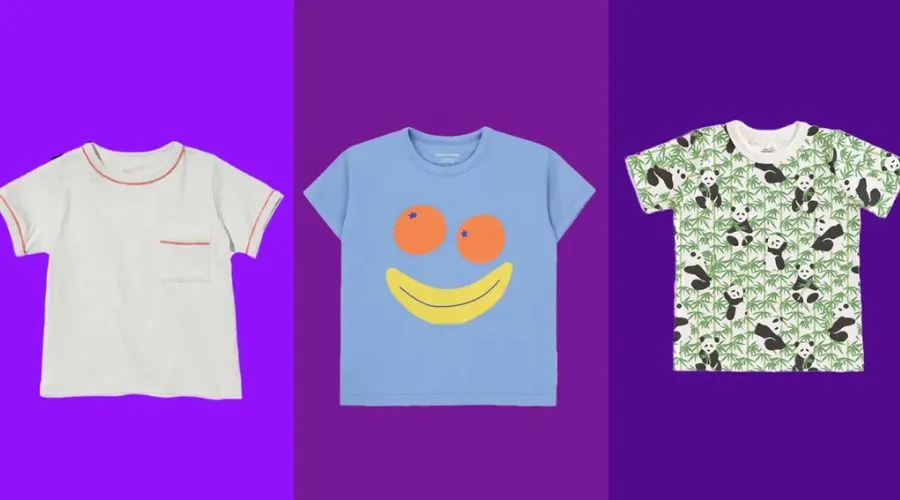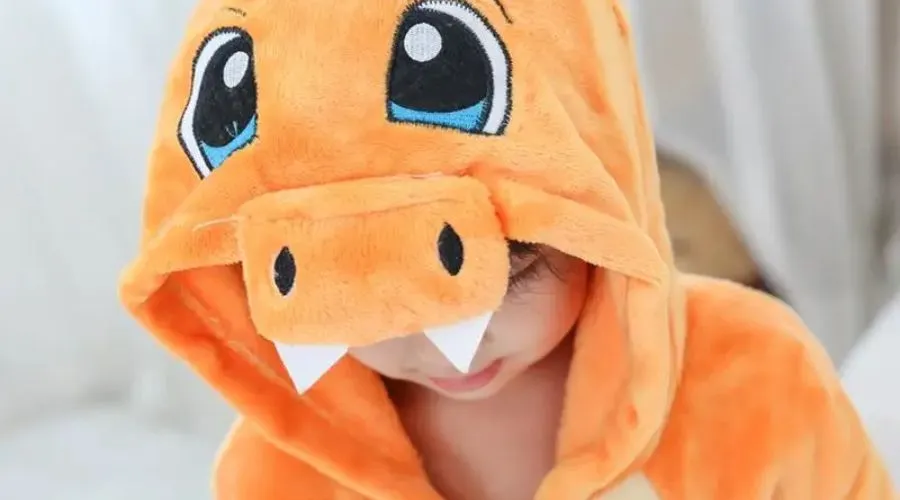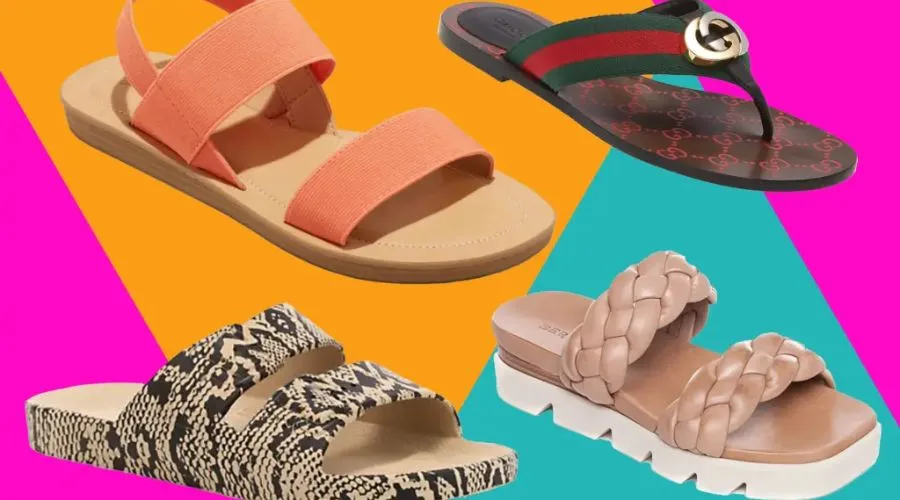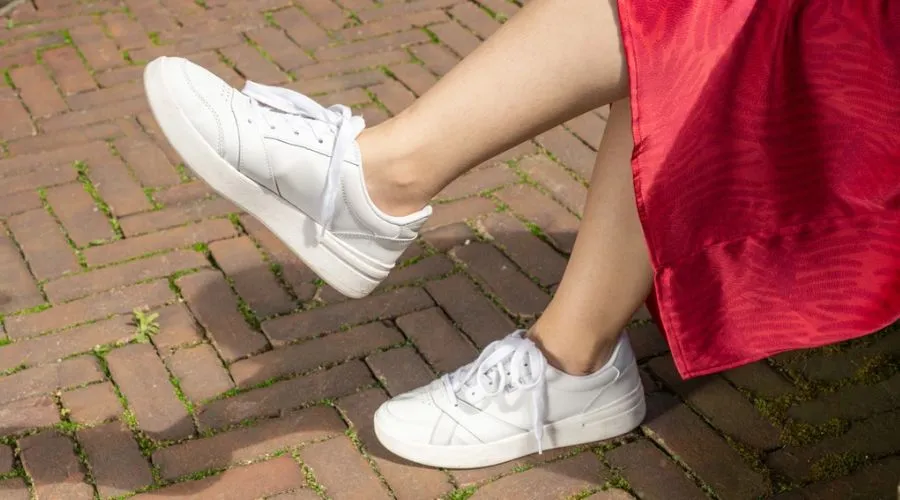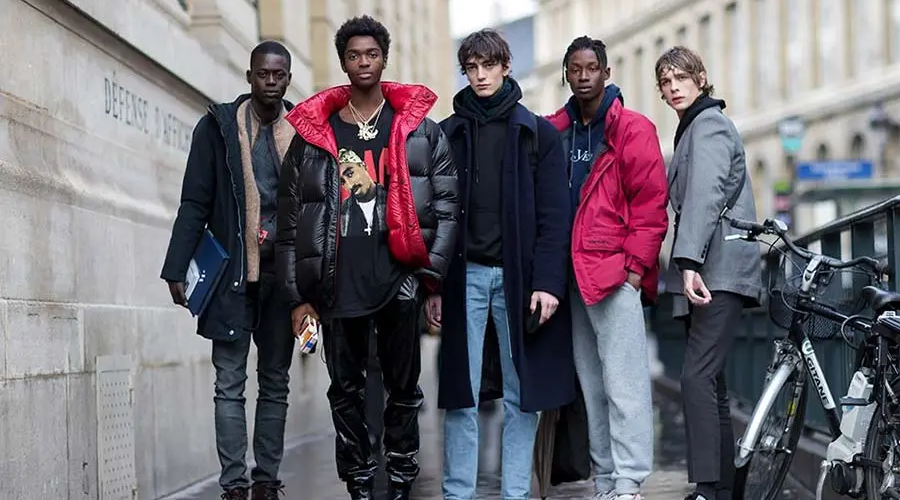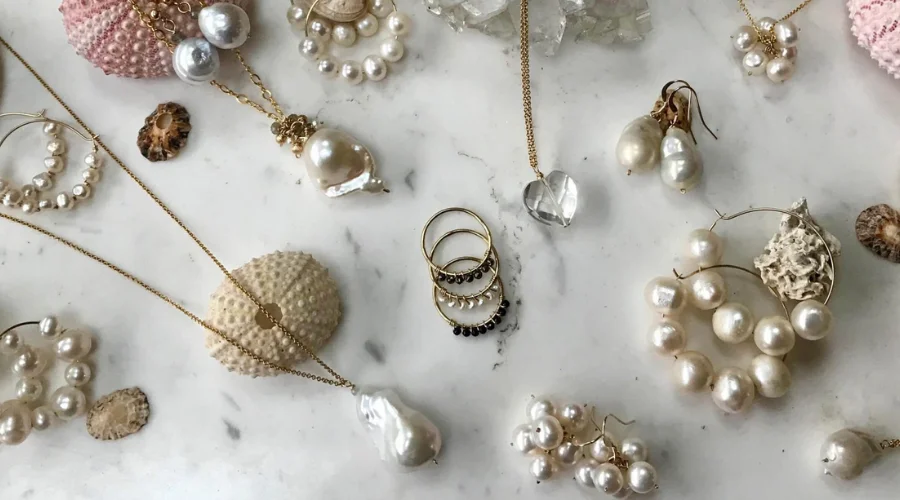
In the fast-paced world of fashion, trends come and go, but one movement that continues to gain momentum is sustainable fashion. As awareness of environmental and social issues grows, many women are embracing a more conscious approach to their wardrobe choices. Sustainable fashion for women is not just a passing fad; it’s a lifestyle that combines style with ethical and eco-friendly practices. In this blog, we’ll explore the essence of sustainable fashion, its impact on the environment, and how women can make informed choices to create a wardrobe that reflects their values.
Understanding Sustainable Fashion
Sustainable fashion is a holistic approach to clothing production and consumption that considers the environmental, social, and economic aspects of the fashion industry. It aims to minimize the negative impact of the industry on the planet and its people while promoting responsible and ethical practices. Key elements of sustainable fashion include:
1. Material Selection
Sustainable fashion prioritizes materials that are environmentally friendly and have a lower ecological footprint. This includes organic cotton, hemp, bamboo, and recycled fabrics. Avoiding synthetic materials like polyester, which contributes to microplastic pollution, is a crucial aspect of sustainable material selection.
2. Ethical Manufacturing
Ensuring fair labor practices is another cornerstone of sustainable fashion. Brands committed to sustainability prioritize ethical manufacturing processes, fair wages, and safe working conditions for the individuals involved in the production of clothing.
3. Circular Fashion
Embracing a circular fashion model involves designing garments with the end of their life cycle in mind. This includes creating clothes that are easily recyclable, upgradable, or biodegradable. The goal is to reduce the amount of clothing that ends up in landfills.
4. Local and Artisanal Production
Supporting local artisans and choosing locally produced garments can significantly reduce the carbon footprint associated with transportation. It also promotes traditional craftsmanship, preserving cultural heritage.
The Environmental Impact of Fast Fashion
The rise of fast fashion over the past few decades has led to detrimental consequences for the environment. The rapid turnover of styles, cheap production costs, and the use of non-biodegradable materials have contributed to pollution, resource depletion, and unethical labor practices. The fashion industry is one of the largest contributors to water pollution, with dyeing and finishing processes releasing harmful chemicals into waterways.
As consumers become more aware of these issues, there is a growing demand for sustainable alternatives. Sustainable fashion for women is a way to counteract the negative impacts of fast fashion while making a positive statement about values and priorities.
How Women Can Embrace Sustainable Fashion
1. Educate Yourself
Knowledge is power. Before making any fashion purchase, take the time to educate yourself about sustainable fashion practices. Understand the impact of different materials, production processes, and certifications. Look for brands that are transparent about their sourcing and manufacturing practices.
2. Build a Timeless Wardrobe
Sustainable fashion encourages a shift away from disposable trends toward timeless, high-quality pieces. Invest in versatile wardrobe staples that can be mixed and matched to create a variety of looks. Quality over quantity is a key principle of sustainable fashion.
3. Support Sustainable Brands
Many fashion brands are now adopting sustainable practices. Look for labels that prioritize eco-friendly materials, ethical production, and transparent supply chains. Supporting these brands helps promote sustainable practices within the fashion industry.
4. Second-Hand Shopping
Embrace the thrill of the hunt by exploring thrift stores, vintage shops, and online platforms for second-hand clothing. Buying pre-loved items extends the life of garments and reduces the demand for new production.
5. DIY and Upcycling
Get creative with your wardrobe by embracing do-it-yourself projects and upcycling. Transform old clothing into something new, giving it a second life. This not only reduces waste but also adds a personal touch to your style.
The Intersection of Style and Sustainability
Sustainable fashion for women is not about sacrificing style for ethics. On the contrary, it’s an opportunity to redefine what style means in the 21st century. With a myriad of sustainable options available, women can express their individuality while contributing to a more sustainable and equitable future.
The Five Pillars of Sustainable Fashion
1. Eco-Friendly Fabrics
Sustainable fashion begins with the choice of materials. Eco-friendly fabrics like organic cotton, Tencel, and recycled polyester are becoming more widely available. These materials have a lower environmental impact compared to conventional options.
2. Fair Labor Practices
Supporting brands that prioritize fair labor practices ensures that the individuals involved in the production process are treated ethically. Look for certifications such as Fair Trade or B Corp that indicate a commitment to social responsibility.
3. Capsule Wardrobes and Timeless Pieces
Capsule wardrobes consist of a curated collection of versatile, timeless pieces that can be mixed and matched to create various outfits. This approach promotes a more sustainable and minimalist approach to fashion.
4. Circular Fashion Model
Embracing a circular fashion model involves designing clothes with a plan for their entire life cycle, from production to disposal. This reduces waste and encourages a more responsible approach to fashion consumption.
5. Local and Artisanal Production
Choosing locally produced garments supports local economies and reduces the carbon footprint associated with transportation. Additionally, it celebrates the unique craftsmanship of artisans around the world.
Navigating Sustainable Certifications
Sustainable fashion is often identified by various certifications and labels that indicate a brand’s commitment to ethical and eco-friendly practices. Understanding these certifications can empower women to make informed choices when shopping for sustainable fashion.
1. Global Organic Textile Standard (GOTS)
GOTS is a leading certification for organic textiles. It ensures that the entire supply chain, from harvesting to manufacturing, meets strict environmental and social criteria.
2. Fair Trade
The Fair Trade certification guarantees that workers involved in the production of a garment receive fair wages and work in safe conditions. It promotes social and environmental responsibility.
3. Bluesign
Bluesign focuses on the environmental impact of the production process. A Bluesign-certified product meets stringent standards for resource efficiency, consumer safety, and air and water emissions.
4. Cradle to Cradle (C2C)
C2C certification evaluates a product’s entire life cycle, considering factors like material health, recyclability, and renewable energy use. It encourages a circular economy.
5. OEKO-TEX Standard 100
OEKO-TEX certification ensures that a textile product is free from harmful substances. It focuses on the health and safety of consumers and the environmental impact of production.
6. B Corp Certification
B Corp certification goes beyond the product level, assessing a company’s overall commitment to social and environmental responsibility. It signifies a dedication to a triple-bottom-line approach.
Conclusion: Empowering Women Through Sustainable Fashion
Sustainable fashion for women is a powerful movement that empowers individuals to make choices aligned with their values. By embracing eco-friendly materials, fair labor practices, and a circular fashion model, women can redefine style while contributing to a more sustainable and ethical fashion industry. Understanding certifications adds an extra layer of confidence in making informed and responsible choices. As women continue to play a pivotal role in shaping the fashion landscape, the choices they make today can pave the way for a more sustainable and equitable future. Let’s celebrate the intersection of style and sustainability, proving that fashion can be both beautiful and conscious.

